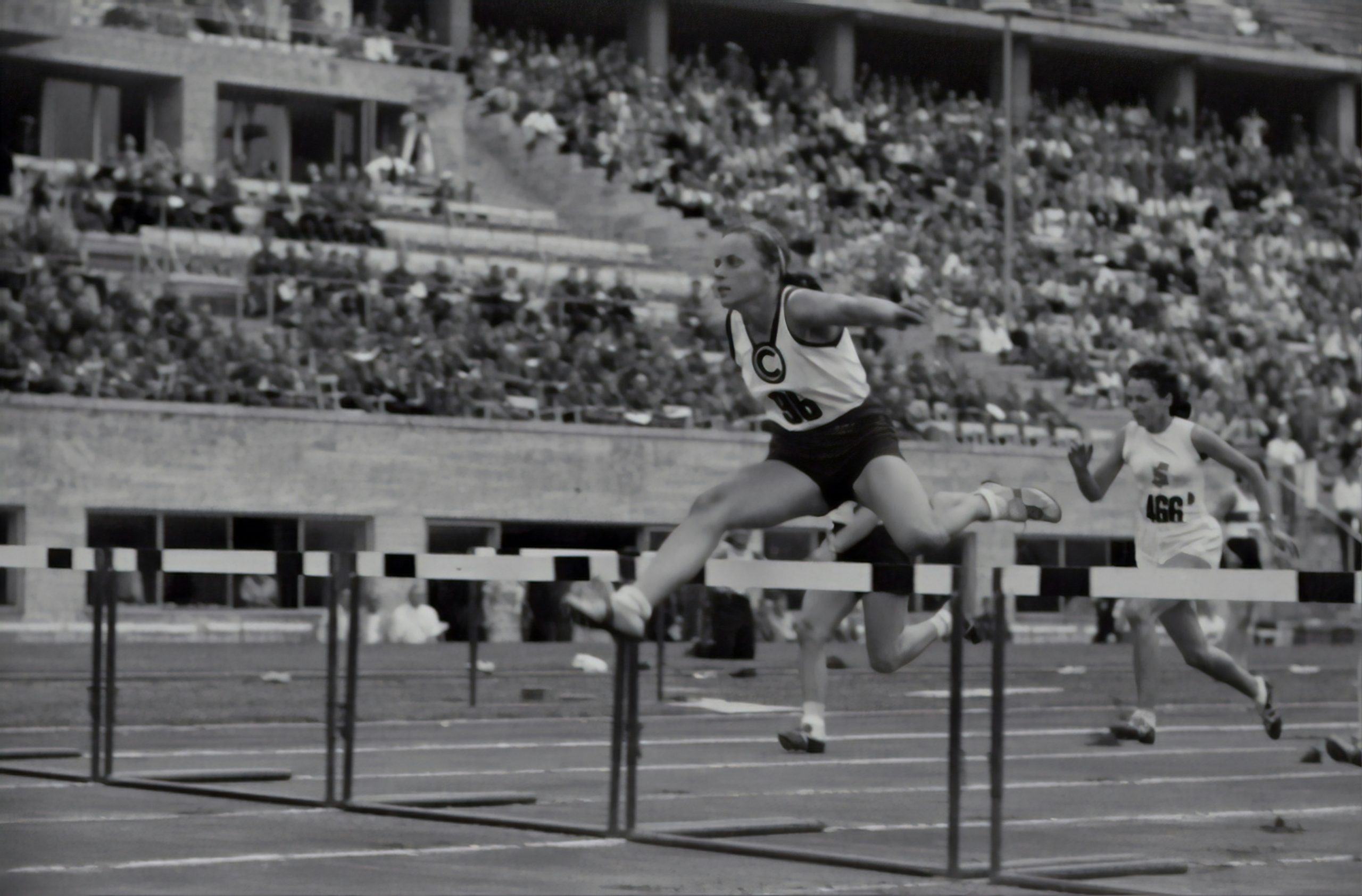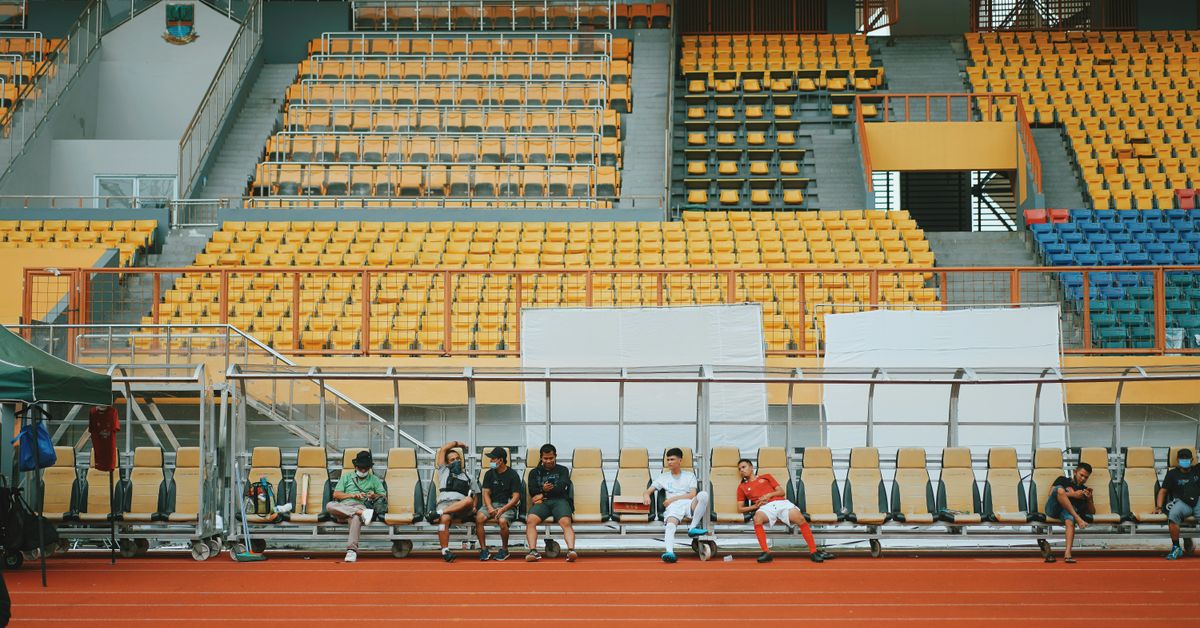
Technological Advances in Athletic Conditioning
Introduction
Technological innovations have significantly transformed the landscape of athletic conditioning, enhancing training methodologies, performance assessment, injury prevention, and overall athlete management. This article explores various technological advancements that are shaping the future of sports conditioning.
Wearable Technology
Impact and Applications
Wearable devices, such as fitness trackers and smart clothing embedded with sensors, have revolutionized how athletes monitor their performance in real-time. These devices collect data on heart rate, movement patterns, and even hydration levels, providing coaches and athletes with actionable insights to optimize training regimes and prevent overtraining injuries.
Case Study: Catapult Sports
One notable example is Catapult Sports, which offers GPS trackers and accelerometers worn by athletes to measure workload, speed, and distances covered during training and competition. This data helps coaches tailor training sessions and minimize the risk of injuries due to excessive exertion.
Virtual Reality (VR) Training
Enhancing Mental Conditioning
Virtual reality is increasingly used to simulate game scenarios, improve decision-making under pressure, and enhance mental resilience. Athletes can practice in immersive environments that replicate actual game conditions, allowing for realistic repetitions without physical wear and tear.
Application in Rehabilitation
VR is also beneficial in rehabilitation programs, where athletes recovering from injuries can engage in virtual training sessions that aid in recovery while maintaining motivation and mental sharpness.
Biomechanics and Motion Analysis
High-Speed Cameras and Motion Sensors
Advancements in high-speed cameras and motion sensors enable detailed biomechanical analysis of athletes’ movements. This technology identifies inefficiencies in technique, helping coaches and sports scientists refine training programs to optimize performance.
Example: Hawk-Eye Innovations
Hawk-Eye Innovations, known for its use in tennis and cricket, utilizes high-speed cameras and computer vision algorithms to track the trajectory of the ball with millimeter precision. This data aids in umpiring decisions and provides players with insights into their shot accuracy and technique.
Recovery and Regeneration
Cryotherapy and Compression Therapy
Cryotherapy chambers and compression therapy devices have become integral in post-training recovery routines. Cryotherapy reduces inflammation and accelerates muscle recovery, while compression therapy improves circulation and reduces muscle soreness.
Usage in Professional Sports
Professional sports teams, like those in the NBA and NFL, have dedicated recovery rooms equipped with these technologies to ensure athletes recuperate faster between games and training sessions.
Data Analytics and Artificial Intelligence (AI)
Performance Prediction and Injury Prevention
AI algorithms analyze vast amounts of data collected from wearables and training sessions to predict performance trends and identify injury risks before they manifest. This proactive approach allows coaches to adjust training loads and techniques in real-time.
Team Example: FC Barcelona
FC Barcelona uses AI-powered analytics to monitor player fatigue levels and optimize recovery strategies, thereby reducing the incidence of muscular injuries and improving overall team performance throughout the season.
Conclusion
Technological advances continue to redefine athletic conditioning, offering unprecedented insights and capabilities to enhance performance, prevent injuries, and accelerate recovery. As these technologies evolve, their integration into sports training programs will likely become more seamless, further pushing the boundaries of human athletic achievement.
By leveraging wearable technology, virtual reality simulations, biomechanical analysis tools, advanced recovery methods, and AI-driven analytics, athletes and coaches can collaboratively strive towards new levels of success and competitiveness in sports.
Remember, the future of sports conditioning is not just about physical prowess but also about harnessing the power of innovation to achieve peak performance sustainably.



